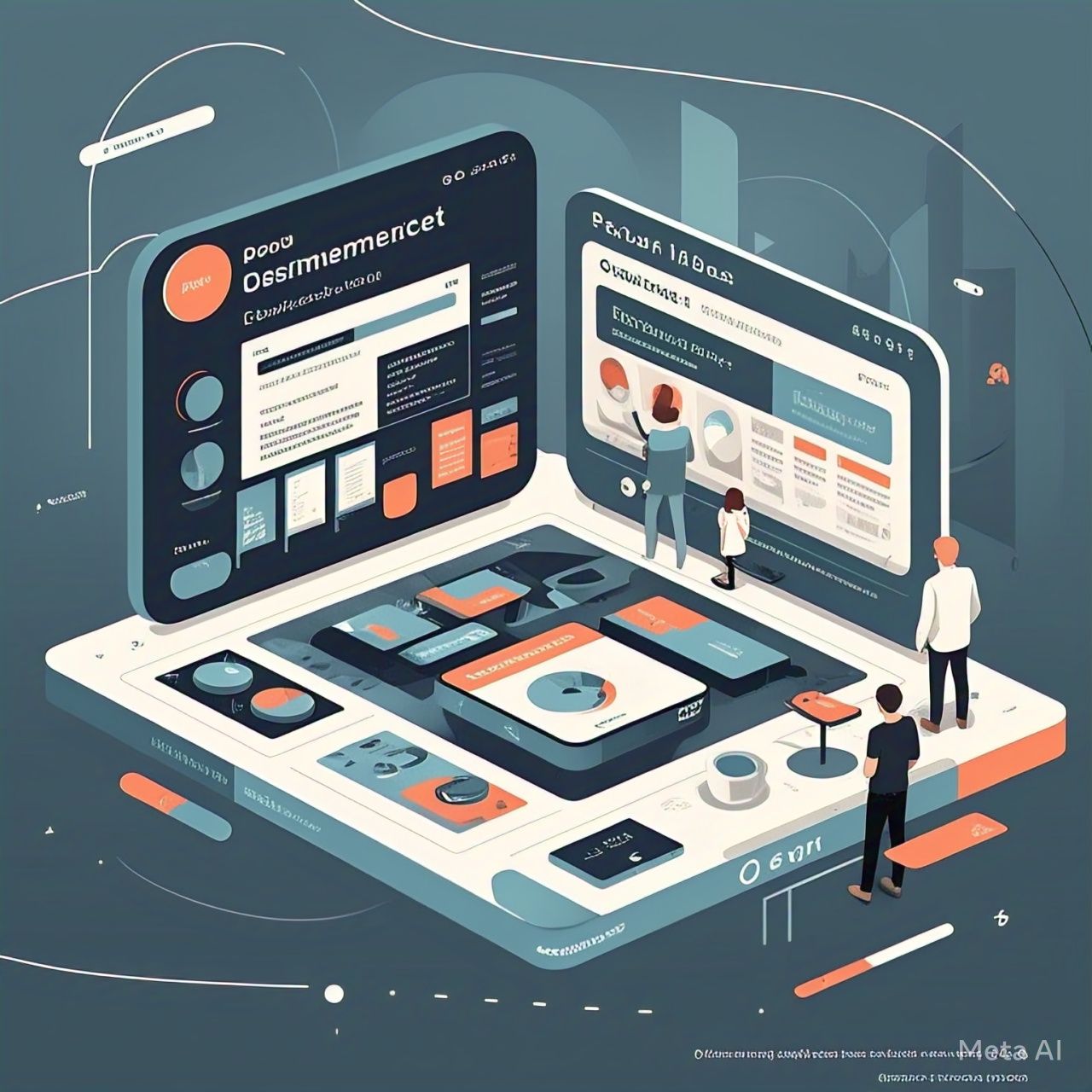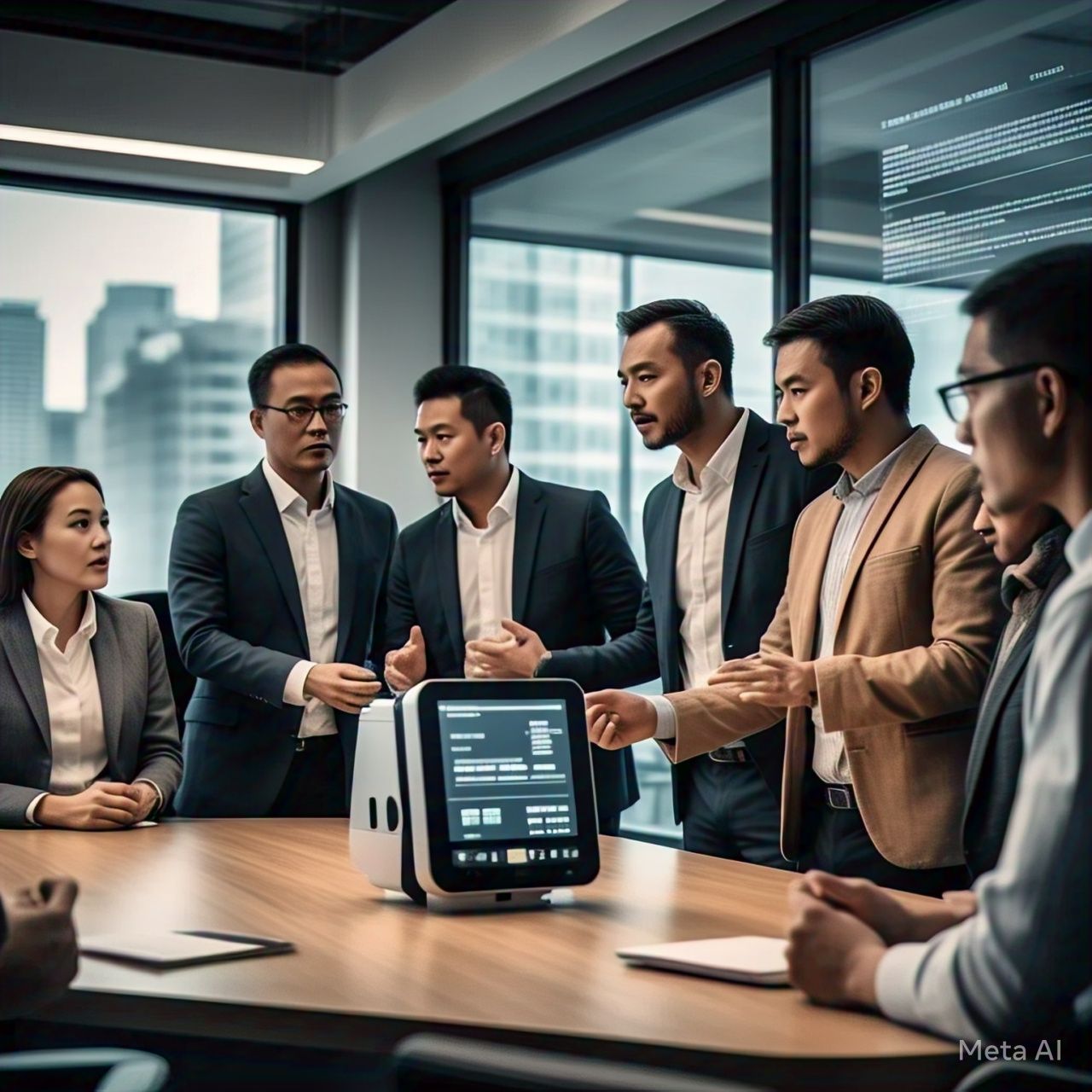Introduction
Artificial Intelligence (AI) automation is transforming industries at an unprecedented pace, raising critical questions about its impact on the job market. While some argue that AI will lead to mass unemployment by replacing human workers, others believe it will create new opportunities and industries. Is AI automation a force for job creation or destruction? The answer lies in how businesses, governments, and workers adapt to this technological shift.
How AI is Reshaping the Workforce
AI-driven automation is revolutionizing various sectors by streamlining tasks, improving efficiency, and reducing costs. Some of the key ways AI is reshaping the job market include:
1. Job Displacement in Routine Tasks
Repetitive, rule-based tasks are highly susceptible to AI-driven automation. Manufacturing, retail, customer service, and administrative roles are seeing increased automation, leading to concerns about job losses.
2. The Emergence of New AI-Driven Jobs
While automation eliminates some roles, it also creates demand for new positions such as AI engineers, data scientists, and automation specialists. Additionally, AI-powered tools help businesses expand, leading to job growth in sectors that require human creativity and problem-solving.
3. Enhanced Productivity and Economic Growth
AI increases productivity by handling mundane tasks, allowing employees to focus on high-value work. This efficiency boost can lead to economic growth, increased wages, and the creation of more job opportunities in industries that benefit from AI-driven innovation.
4. The Rise of the Gig and Freelance Economy
As AI reshapes traditional employment, many workers are shifting to freelance and contract-based work. AI-powered platforms enable individuals to find gig opportunities, fostering a more flexible workforce.
The Job Market: AI’s Impact Across Industries
Different sectors experience AI automation in unique ways. Some industries face significant job displacement, while others benefit from AI-driven expansion:
- Manufacturing: Robotics and AI streamline production, reducing reliance on human labor but increasing demand for automation engineers.
- Healthcare: AI enhances diagnostics and treatment planning, complementing doctors and creating roles for AI specialists in medical technology.
- Finance: AI automates financial analysis, but human expertise remains essential for complex decision-making and ethical considerations.
- Retail and Customer Service: Chatbots and AI-powered assistants handle routine queries, while customer experience managers oversee AI-human interactions.
Preparing for the AI-Driven Future
To mitigate job displacement and harness AI’s benefits, governments, businesses, and workers must take proactive steps:
- Upskilling and Reskilling: Workers need to acquire new skills in AI, data science, and emerging technologies to stay competitive.
- Education System Overhaul: Schools and universities should emphasize STEM education, critical thinking, and adaptability.
- Policy and Regulation: Governments must implement policies that support workforce transition, such as reskilling programs and safety nets for displaced workers.
- Business Responsibility: Companies should invest in employee training to ensure a smooth transition to AI-powered workflows.
Conclusion
AI automation presents both challenges and opportunities in the job market. While certain roles are at risk, AI also drives job creation, economic growth, and innovation. The key to ensuring AI benefits everyone lies in proactive adaptation, investment in education, and policies that balance automation with human employment. By embracing AI’s potential while addressing its challenges, we can create a future where technology enhances, rather than replaces, human work.




